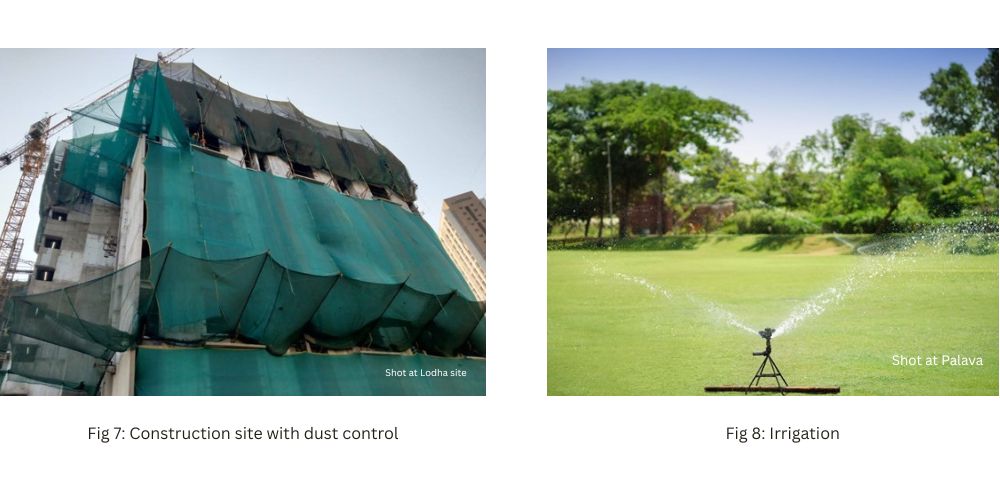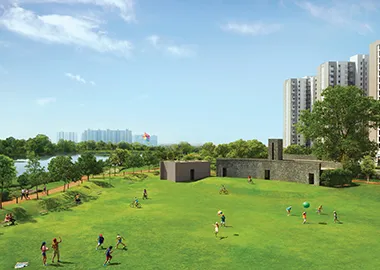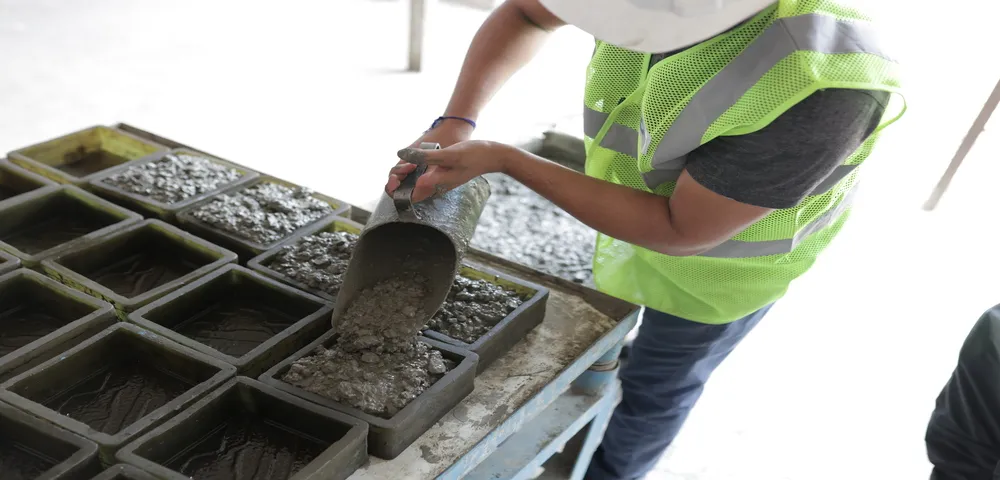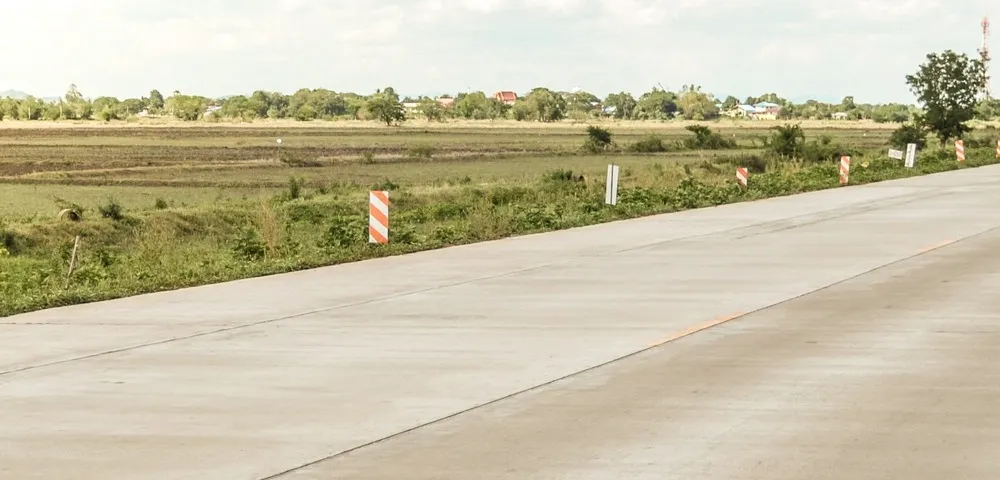Making Our Cities Breathe Better: A Playbook for Urban Air Quality Improvement
By Aun Abdullah - Lodha
May 19, 2025
Abstract
Air pollution remains one of India’s most pressing urban challenges, significantly impacting public health, economic productivity, and overall liveability. Urban air quality management requires a systemic approach, addressing transportation emissions, construction dust, open waste burning, and stubble burning, while integrating green buffers and airflow optimization into city planning.
This paper outlines a multi-pronged strategy to improve Air Quality Index (AQI), covering:
1.Sustainable Transport Planning – Expanding walkability, cycling, and EV infrastructure.
2.Waste Management Reform – Eliminating open burning through decentralized processing.
3.Dust and Construction Pollution Control – Strengthening enforcement while integrating landscape-based mitigation.
4.Stubble Management & Industrial Solutions – Creating structured reuse markets for agricultural waste.
5.Industrial Decarbonization – Shifting to renewable energy and cleaner industrial processes.
6.Urban Greening & Airflow Optimization – Enhancing tree buffers and preserving ventilation corridors.
Through a combination of policy enforcement, technological interventions, and design innovations, cities can significantly reduce particulate pollution and improve urban air quality.
1. Introduction
The Urgency of Air Quality Improvement
India’s urban centers rank among the most polluted in the world, with fine particulate matter (PM2.5 and PM10) levels often exceeding safe thresholds. Major contributors include:
- Vehicular emissions (particularly from internal combustion engines).
- Construction dust and open land dust (from development and road infrastructure).
- Open waste burning (due to inadequate waste management systems).
- Agricultural stubble burning (particularly in northern India).
- Industrial and fossil fuel emissions (from fossil-fuel based power generation and industrial processes)
Addressing these sources requires an integrated framework that goes beyond reactive pollution control to proactive urban planning, sustainable infrastructure, and better resource management.
2. Reducing Transportation Emissions
Challenges in Urban Mobility
| Problem | Impact on Air Quality | Proposed Solution |
|---|---|---|
| High dependence on private vehicles | Increased PM2.5 emissions, traffic congestion | Expand public transit networks and shared mobility options |
| Lack of walkable and cycling infrastructure | Forces car dependence, worsening emissions | Develop 15-minute cities with high walkability |
| Slow EV adoption due to infrastructure gaps | Delays transition to cleaner transport | Build widespread EV charging networks |
Urban Transport Strategies
- Promote 15-minute cities: Designing cities where daily needs (work, shopping, leisure) are within a 15-minute walk or cycle ride, reducing car trips.
- Expand EV infrastructure: Investing in charging stations, battery swapping hubs, and electrification of public transit.
- Deter traffic congestion: Incentivize walking and bring destinations closer


3. Eliminating Open Waste Burning
Challenges in Waste Management
| Problem | Impact on Air Quality | Proposed Solution |
|---|---|---|
| Low waste segregation rates | Increases unprocessed waste, leading to burning | Mandate segregation at source and provide decentralized waste processing facilities |
| Lack of formalized recycling networks | Prevents high-value waste recovery, leading to landfill overflow | Develop robust, formal recycling supply chains integrated with municipal waste ecosystem. |
| Limited alternatives to burning for organic waste | Agricultural and biomass waste often lacks structured reuse markets | Strengthen market linkages, and incentives to enable viable end-uses like bioenergy, biochar, and composting. |
Key Solutions
- Mandatory waste segregation: Ensuring dry, wet, and hazardous waste are processed separately to prevent landfill overflows.
- Decentralized solid waste management (SWM) facilities: Establishing neighborhood-level waste treatment centers to handle organic and recyclable materials.
- Formalizing recycling networks: Creating municipal-private partnerships to divert waste from landfills and integrate recyclers into a circular economy.

4. Controlling Construction & Open Land Dust
Challenges in Dust Pollution
| Problem | Impact on Air Quality | Proposed Solution |
|---|---|---|
| Poor enforcement of dust control at construction sites | High PM10 pollution | Mandate dust screens, misting systems, and on-site monitoring |
| Open land dust (vacant plots, barren lands) | Loose top soil increases dust levels | Establish native green cover on vacant plots and use treated water, where available, for irrigation and dust control |
| Inefficient road dust suppression | Damaged road surfaces and tyre wear significantly increase particulate matter levels | Invest in better road design and maintenance, regular street cleaning, vegetated buffers, and promote walkability and public transportation |
Key Strategies
- Stronger dust control enforcement: Ensuring real-time monitoring, automated fines, and stricter compliance penalties for construction sites.
- Landscaping-based solutions: Requiring low-maintenance native ground cover or grass on open land to prevent dust resuspension.
- Smart dust suppression: Repurposing treated wastewater for dust suppression to reduce soil erosion.
5. Addressing Stubble Burning & Industrial Pollution
Challenges in Stubble & Industrial Emissions

Key Strategies
- Mandatory stubble reuse policies: Similar to fly ash mandates, ensuring stubble is commercially repurposed.
- Industrial decarbonization: Accelerating transition from fossil fuels to cleaner energy sources such as renewables or lower-emission alternatives in electricity generation and industrial processes.

6. Urban Greening & Airflow Optimization
Challenges in Urban Ventilation
| Problem | Impact on Air Quality | Proposed Solution |
|---|---|---|
| Urban canyons trap pollution | Poor airflow worsens stagnation | Design ventilation corridors and stagger building heights |
| Lack of tree buffers along roads | Increased dust and particulate matter | Plant multi-layered tree and shrub buffers |
Key Strategies
- Urban forests & ventilation corridors: Preserving green corridors to allow natural pollutant dispersion.
- Tree-based dust screens: Planting multi-layered vegetation along roads to reduce dust transport.

7. Conclusion: A Holistic Approach to Air Quality Improvement
Addressing urban air pollution requires simultaneous action across multiple fronts. By integrating transportation reform, waste management, dust control, industrial decarbonization, and green infrastructure, cities can significantly improve AQI while enhancing urban liveability.
Key Takeaway: Air quality solutions must go beyond regulation—they must be embedded into urban planning, infrastructure, and economic systems. By adopting an integrated approach, cities can achieve cleaner air and healthier communities.
You may also like



 Enquire
Enquire
 Call
Call
 chat
chat
 Search
Search





